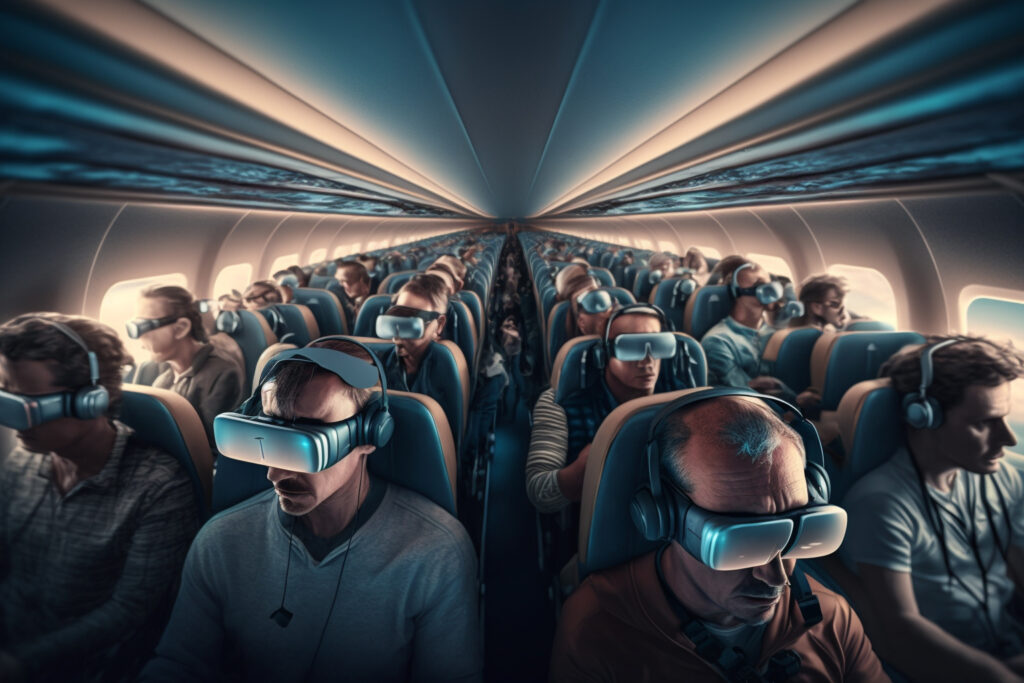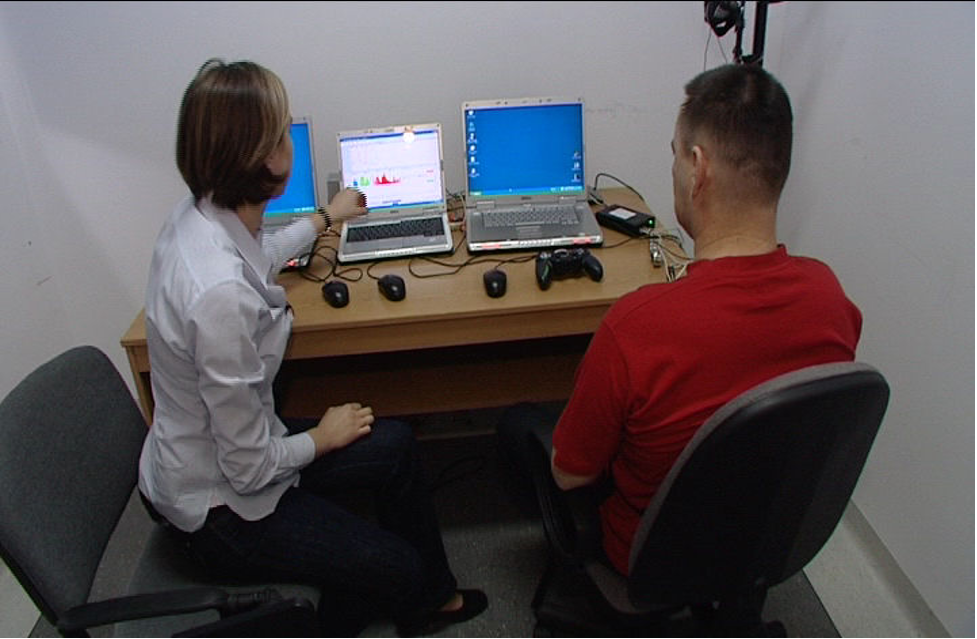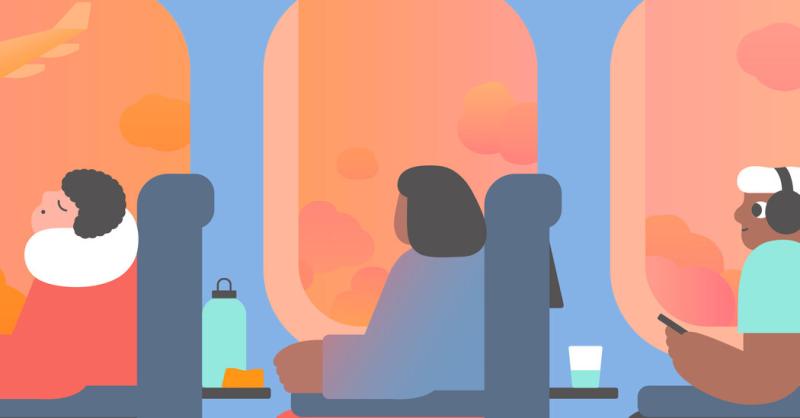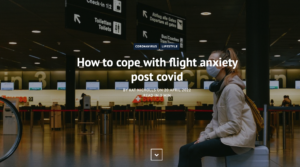Let Virtual Reality help you overcome your Fear of Public Speaking!
Although it seems like all of our present day business interactions can be done online, sometimes we may still find we need to give a presentation. The fear of public speaking, speech anxiety, or glossophobia, is the third most common anxiety disorder in the United States and affects more than 20 million Americans at some point. That is about 25% of the population. Whether you are a businessperson or student, homemaker or doctor, a warehouse worker or an attorney, one day you will likely need to speak in front of a large group of people.
Being a confident public speaker can help you advance your career, enhance your relationships with others, or help you to achieve a better grade in school. However, if you feel extreme fear at the thought of talking to a group or get dizzy and nauseous when you have to go on stage, you may have glossophobia and need treatment.
Dr. Brenda K. Wiederhold, PhD, MBA, a licensed clinical psychologist and President of the Virtual Reality Medical Center in La Jolla, California, has been treating fear of public speaking and other specific phobias and anxiety disorders successfully with Virtual Reality therapy for over 2 decades. By exposing you to various public speaking scenarios in the virtual world, at your own individual pace, you can become less fearful and more self-confident in previously anxiety-provoking situations.
With a new set of skills on how to react differently and think differently about public speaking, followed by gradual exposure through VR, you can be enjoying those presentations in no time! Most individuals with a specific phobia require on average one clinical intake session and 10 treatment sessions. If you live in the San Diego area, you can choose to come once a week or twice a week. If you are coming from out of the area, we can accommodate “condensed treatment” where you will experience one VR session per day, each day, Monday-Friday.






